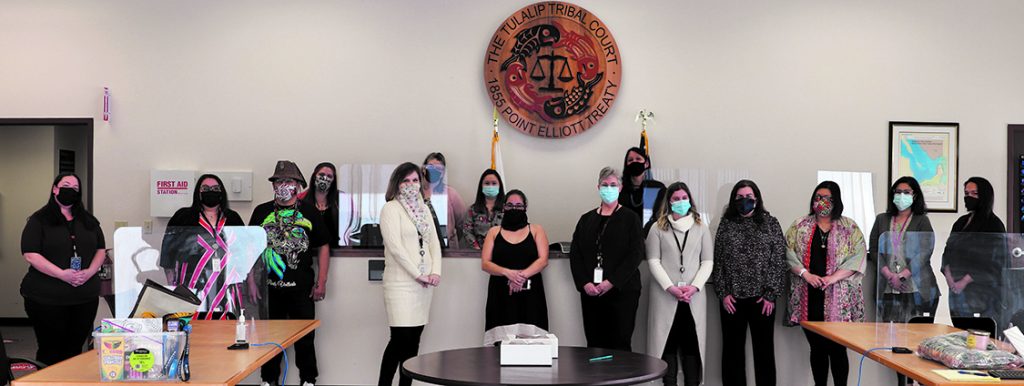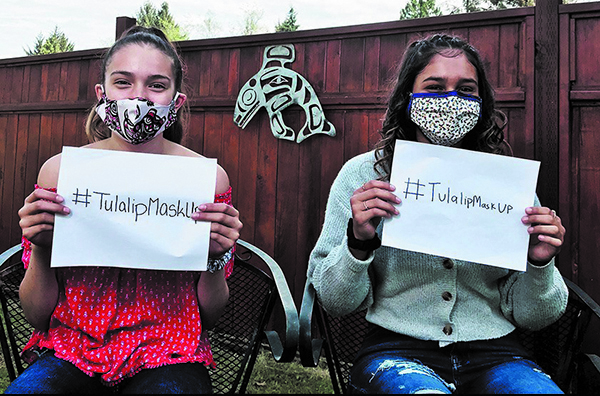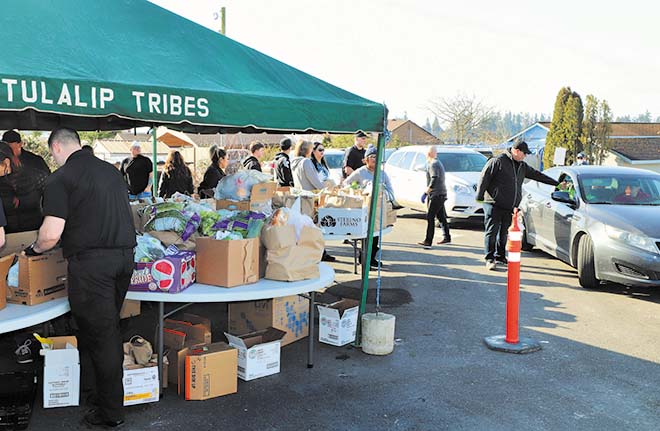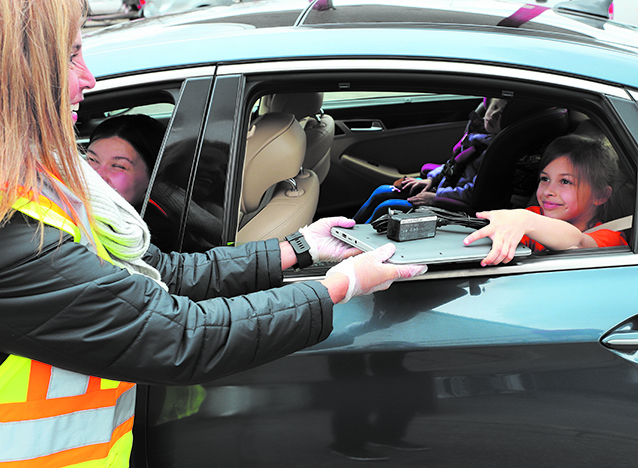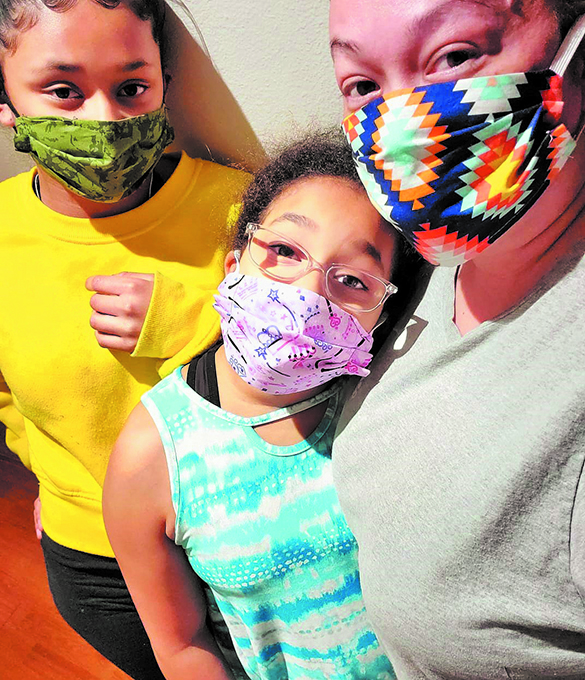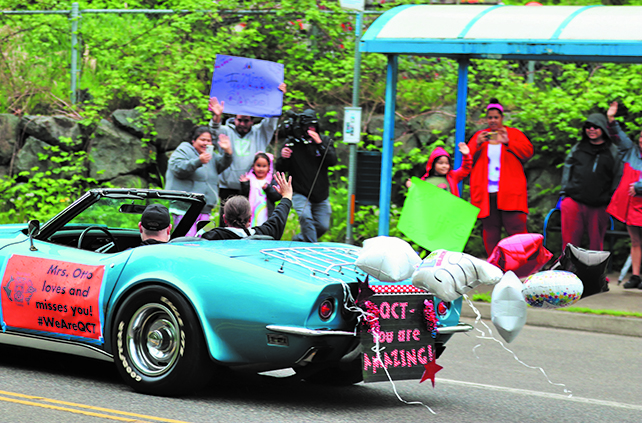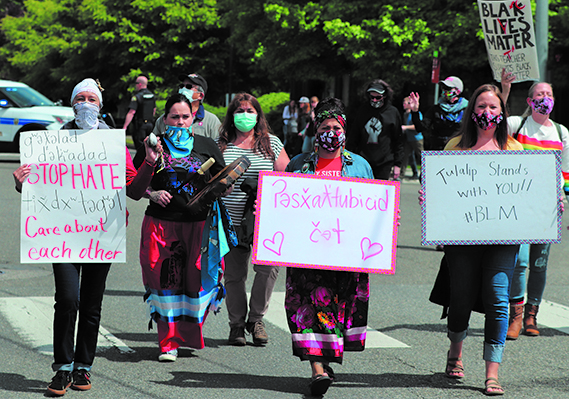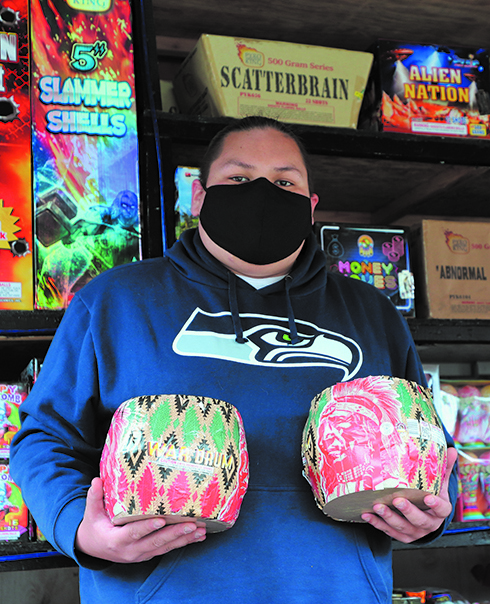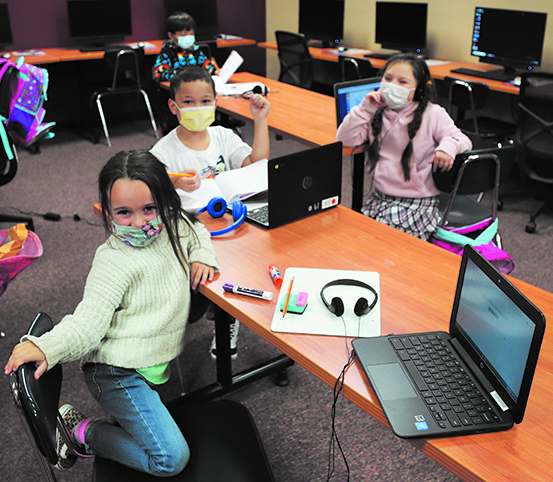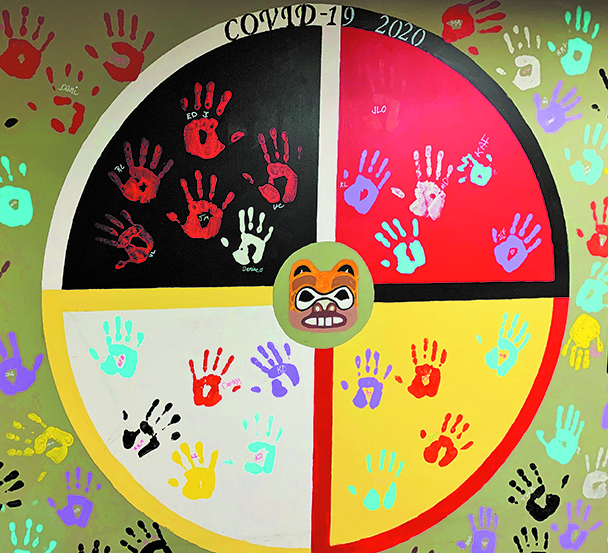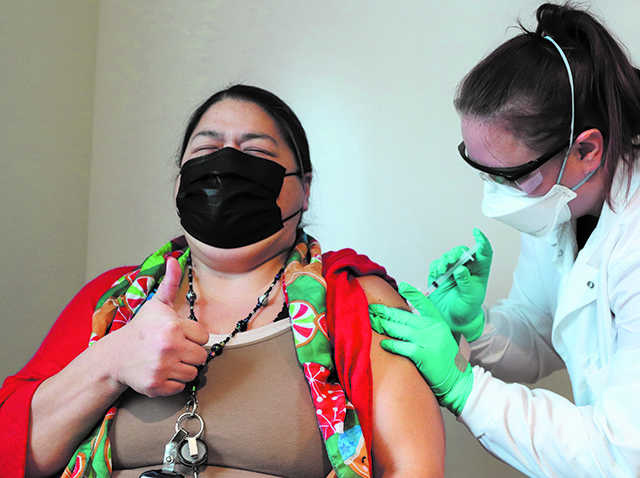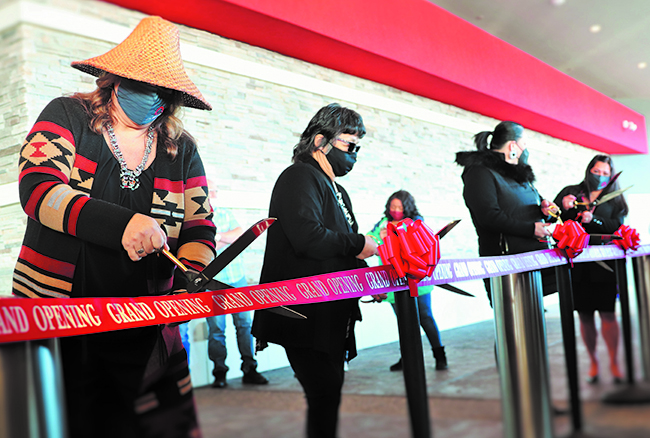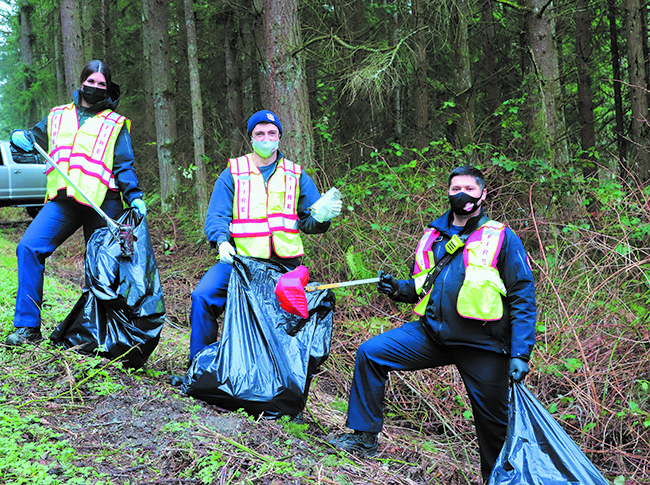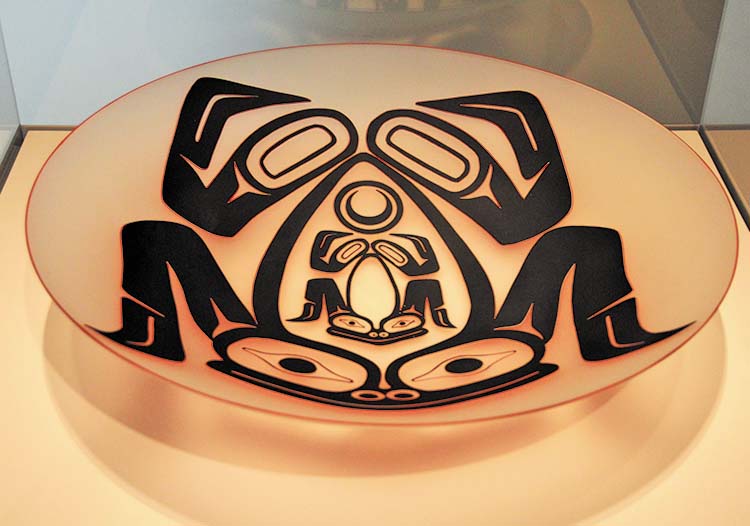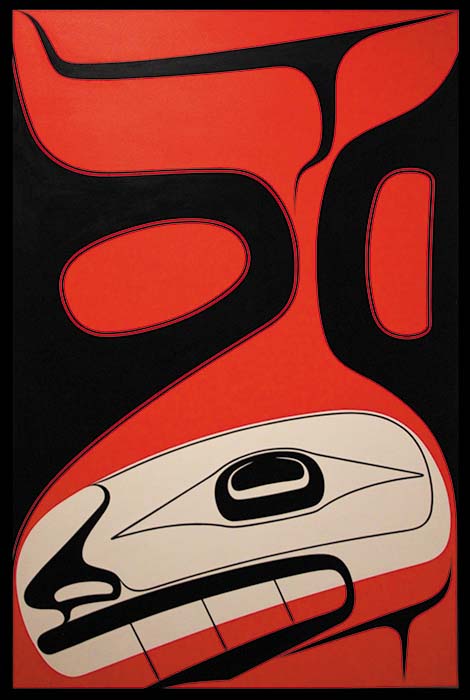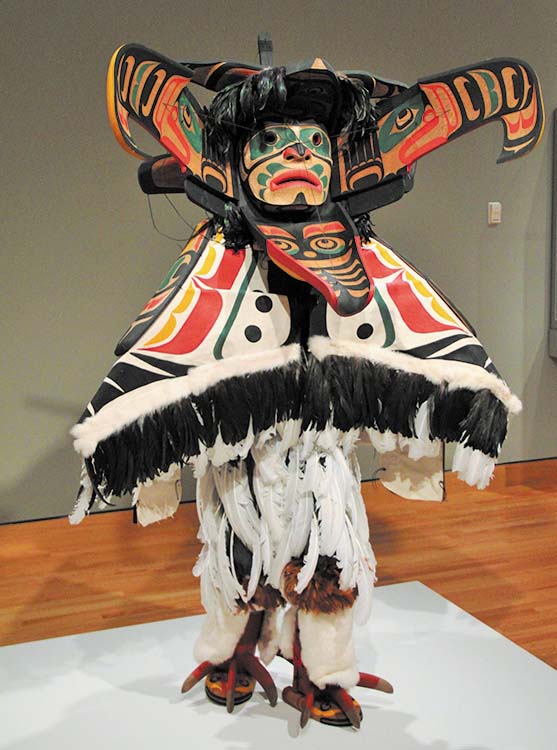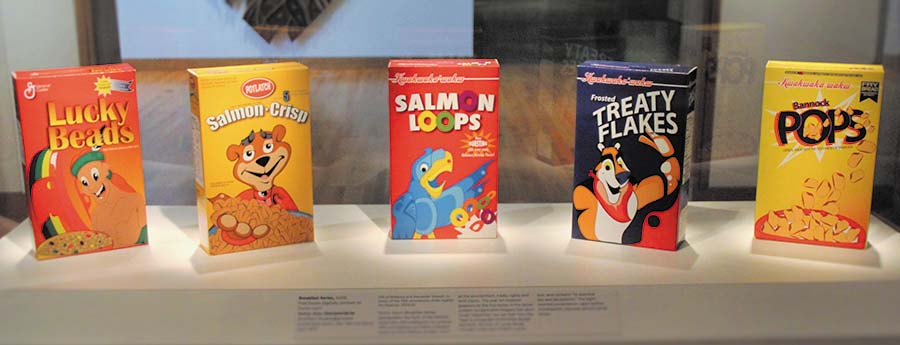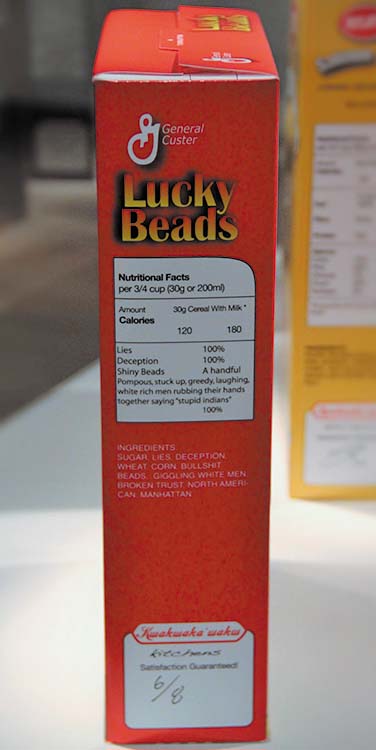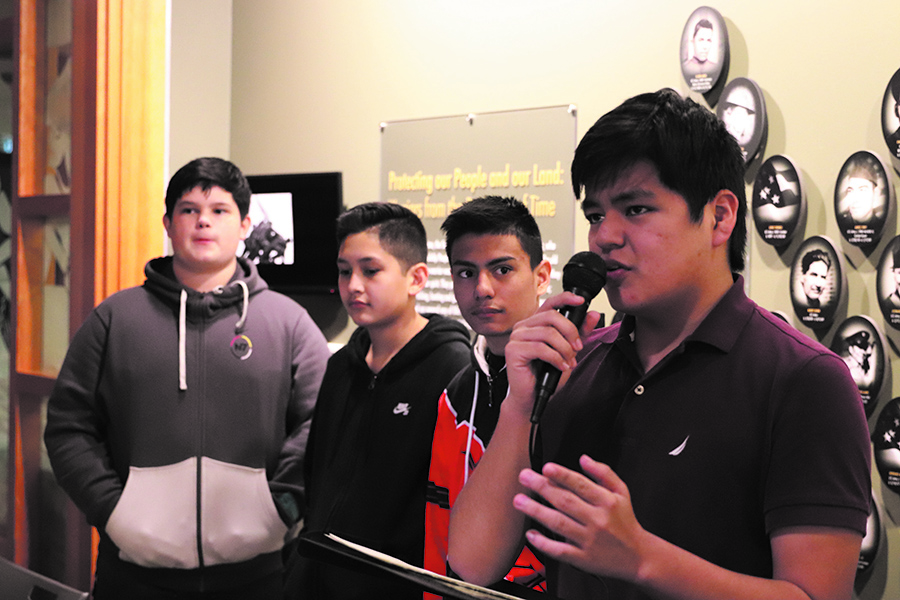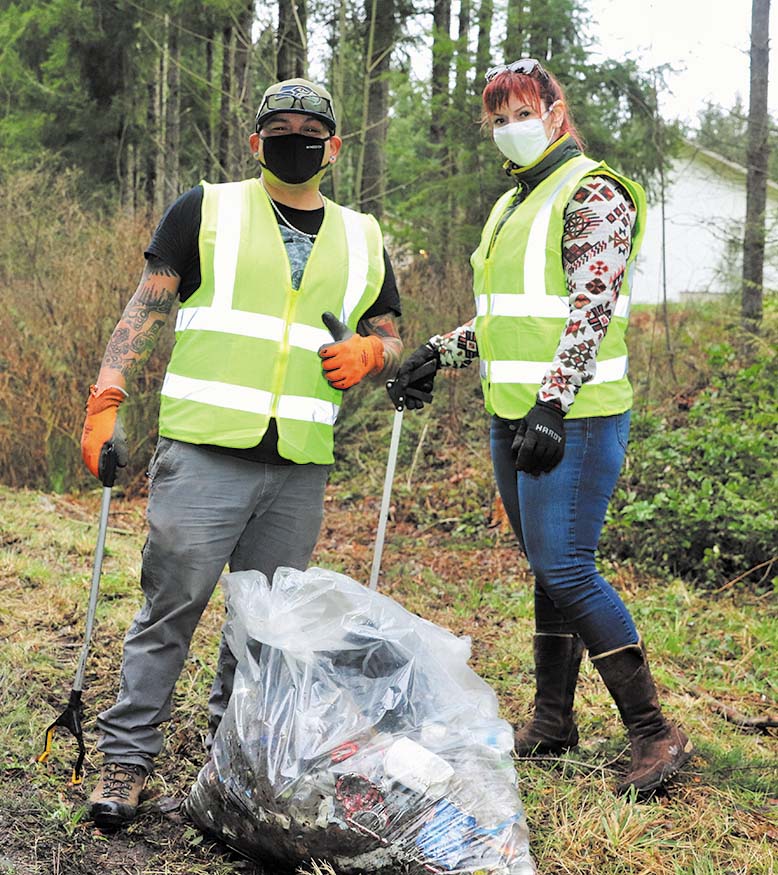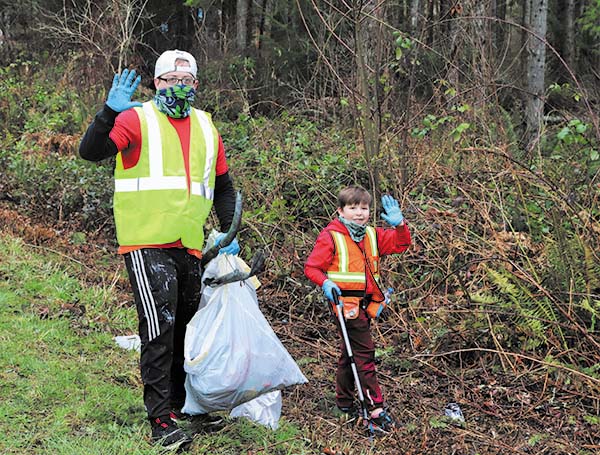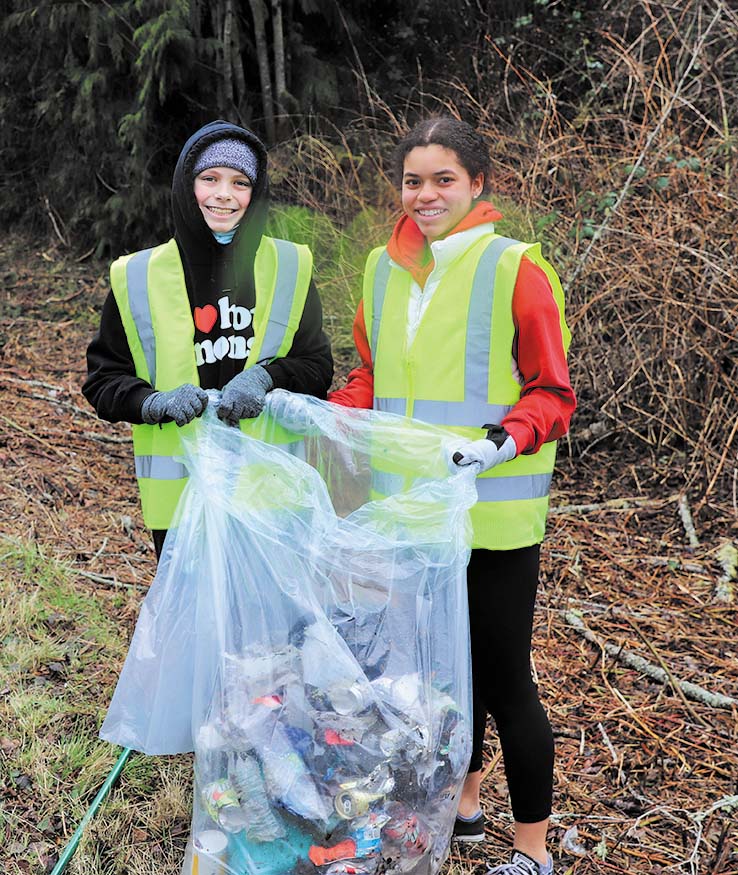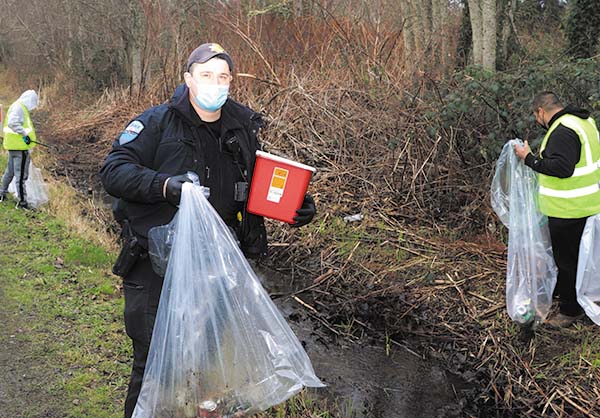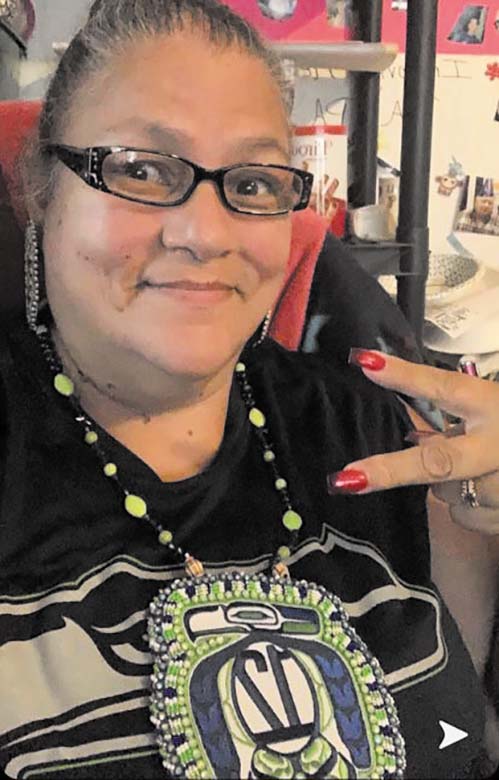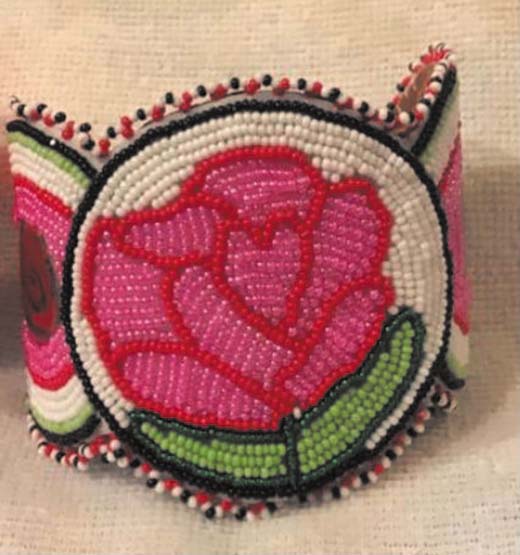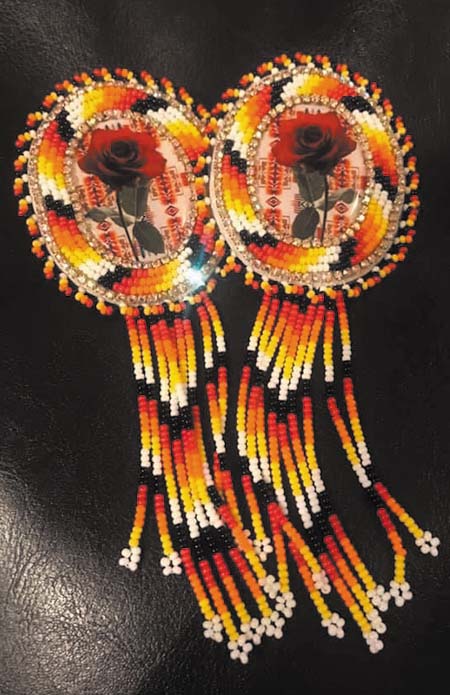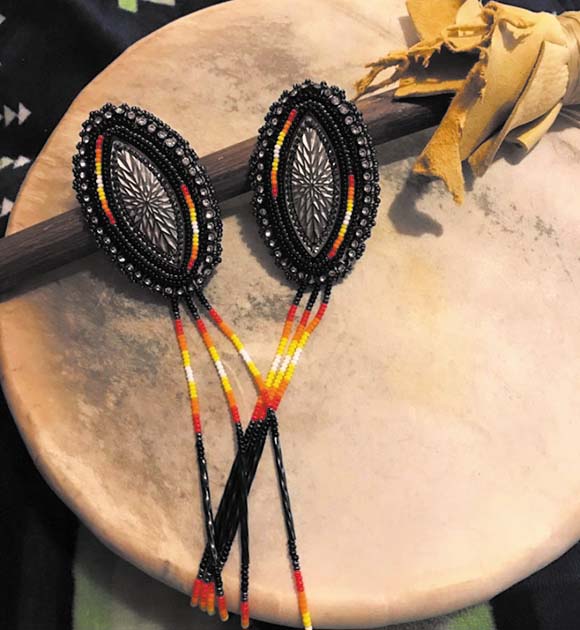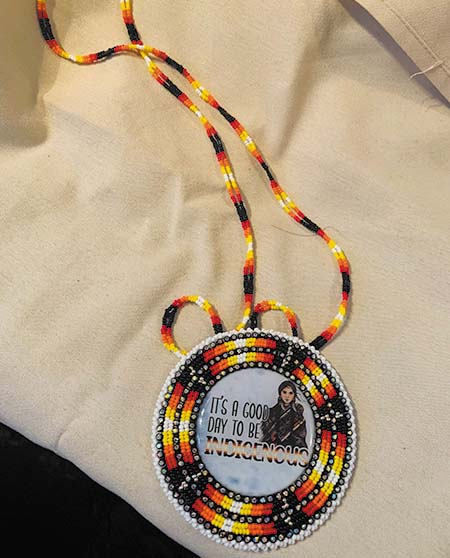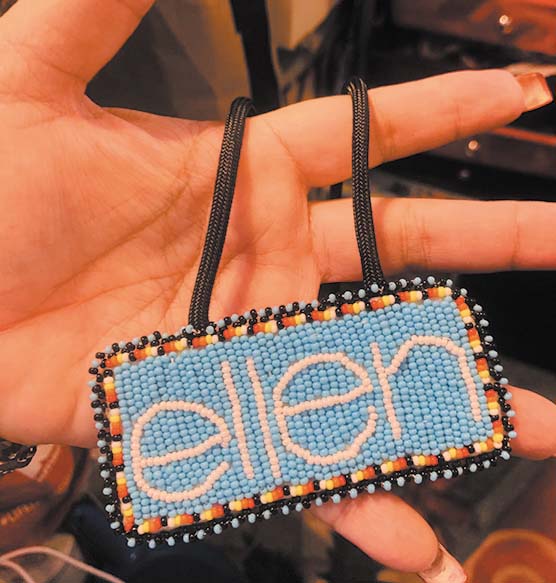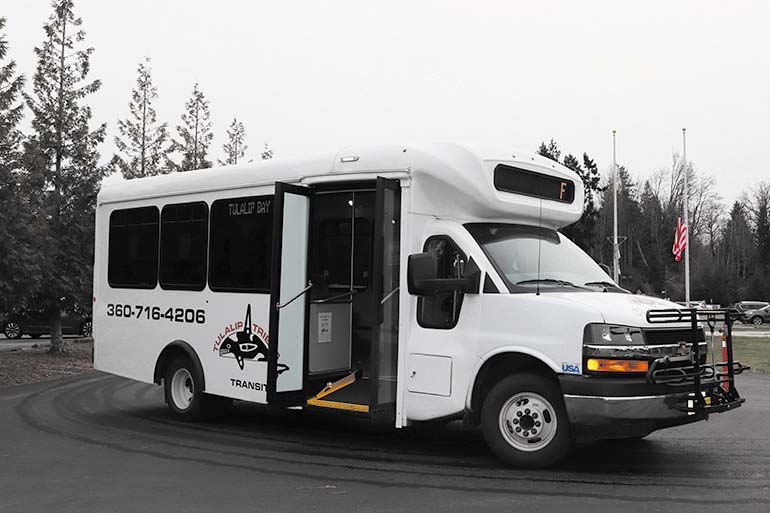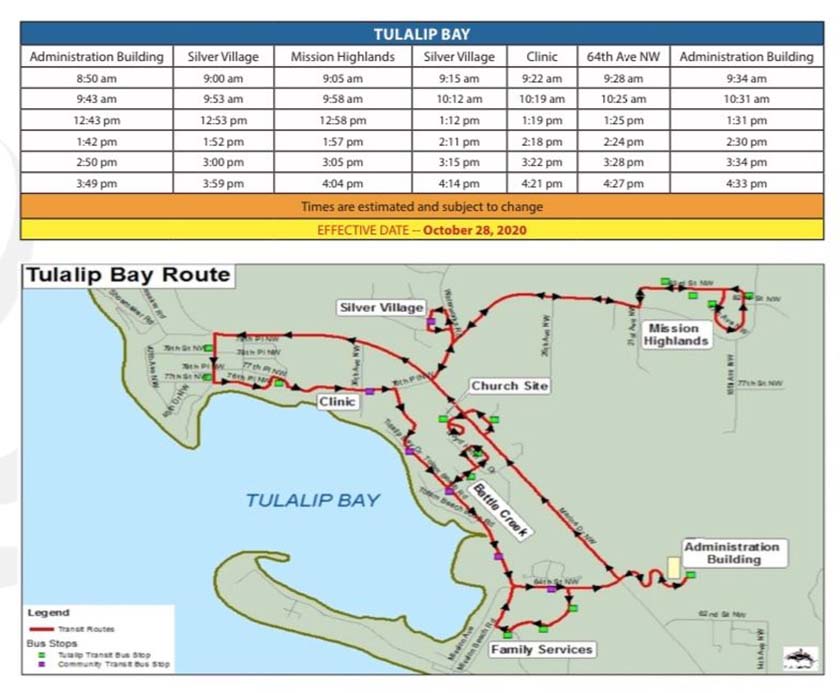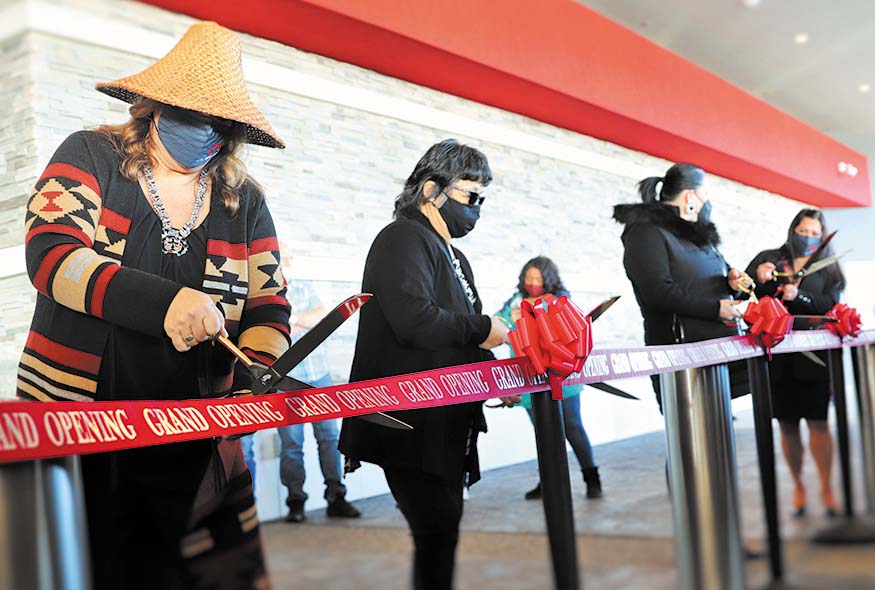The Fresh Powder Feels
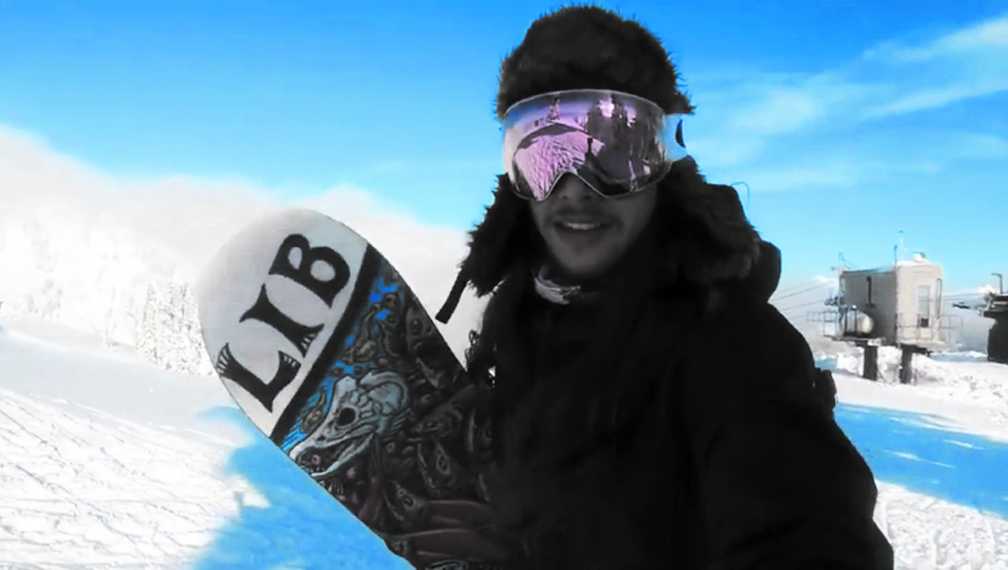
By Kalvin Valdillez; Photos courtesy of Collin Hood
As the original caretakers and citizenry of this local territory, the sduhubš people have an everlasting connection to the land, stretching from the Salish Sea to the mountainous regions. Thriving from the fish, deer, elk and berries, the tribe lived off the mountain’s plentiful resources year-round since time immemorial. Some tribal members would say that simply being high up in the mountains today, in their ancestral homeland, provides peace to their soul, a sense of spiritual solace that can be likened to what many experience when reflecting and pondering life near the ocean – a rejuvenated perspective on life itself. In fact, the Tulalip Tribes organized the annual summertime Tulalip Youth Mountain Camp, a week-long outing to the Skykomish mountains, just so their young membership can experience that connection to the land, the resources and their ancestors.
Approximately eight years ago, the tribe debuted a similar idea where their youth could engage in outdoor fun while exploring areas their great-great-great relatives once roamed. This idea, however, occurred in the wintertime and was a tad bit more extreme. By participating in the First Nations Snowboarding Team of Tulalip at a young age, Collin Hood, a local 25-year-old tribal fisherman, discovered not only a passion and a newfound community, but also a connection to his cultural and spiritual lifeways. And perhaps most importantly, a form of medicine and healing that only being on a board and shredding through fresh powder can provide.
Tulalip News: Thanks for taking the time to chat with us. Why don’t we begin with your background, can you tell us a little bit about yourself?
My name is Collin Hood, I’m a Tulalip tribal member. My dad is Alonzo Hood and his mom is Rachel Moses. My family has always been super connected with the mountains. We have property in Darrington and back when all the boarding schools were going on, my great-great-grandma Mariah Moses took the family up there to the mountains. I’ve always felt like it’s so easy to get up to the mountains in the springtime and in the summertime, but when winter hit, I never felt like I was able to get up there as often as I’d like to, to really get the chance to be with the trees, the water, the fresh air.
When did you first get into snowboarding?
I started snowboarding when I was young. I got introduced to it when I was doing the Tulalip snowboarding team that they had back in the day. The tribe had a team basically for us youth to connect with each other and the mountains, and just improve ourselves. But one of my buddies passed away while snowboarding and I hadn’t been up there since. It took a while for me to get back on the mountains. Last year, I got back into it; it felt so good. Snowboarding has so many challenges that you have to overcome and I feel like you’re able to bring those teachings from snowboarding back into your everyday life.
Any examples come to mind where lessons learned on the slopes can be applied to real-life situations?
Falling down and getting back up – that’s one of the biggest ones honestly. Falling down when snowboarding, when you see everyone around you succeeding and doing so good, you want to be like them you want to be able to do all these cool tricks and get a sponsorship, but you keep falling. You just feel like, ‘ugh, I’m never going to get good and I want to give up.’ But you keep going no matter what because you have that love and drive for it. I feel like you can bring that into your daily life. When you feel like life is kicking you and you keep falling down, you got to keep your head up. Especially after this past year of 2020.
When did you know that snowboarding was the sport you wanted to practice and dedicate your time to?
I knew I wanted to stick to this and keep practicing when I first felt that sense of accomplishment. I didn’t feel like I had to be the best right away, just knowing that I was making progress was all that really mattered.
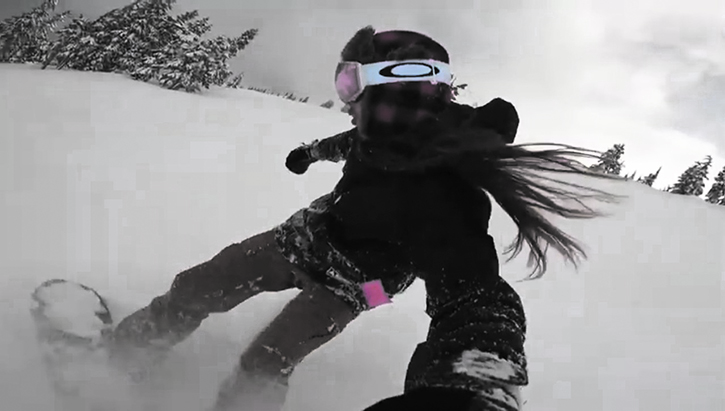
How has your skill-level advanced over the years since you first strapped-up to a board?
No one has talked to me about a sponsorship just yet, it’s something that I want to keep progressing toward. I’ve been practicing my 360’s, getting my back ones down, and I’ve also been trying to do back flips this year. The tricks are cool. I love doing tricks, but hitting the steep lines, the ones where you’re looking straight down and it’s like ‘alright, there’s no room for mistakes here’, that’s something that I’ve been really pushing myself towards lately. Those deep uncomfortable moments.
There’s a quote that I like that talks about living outside your comfort zone. I’ve been trying to do that a lot lately because I feel like life’s going to be a lot better for me if I keep doing that. My skill-level has progressed a lot over this past year. I definitely wasn’t comfortable enough to hit some of the steep lines. I have another family member, Greg Moses, he’s an awesome snowboarder he used to do the snowboarding team with me back in the day as well. He’s been really helping me, pushing me to excel outside of my comfort zone.
As a Tribal member, what does it feel like to be up in the mountains, admiring that scenery in the natural world that your ancestors and people took care of and thrived off of since the beginning of time?
It’s a feeling that is super hard to explain. You’re worry-free, you’re in your own zone. You feel like you’re floating on air, you’re literally flying through the trees. I have a ritual every single time I go up there. I like to pray and spread a little tobacco out before I hit the slopes. It’s important to me because I want to give thanks for everything that is given to me and for everything that is around me, with the fresh air from the trees and the snow that keeps falling, which will melt and return to the ocean to help the salmon return.
When I come back from snowboarding, my whole spirit is refreshed. When I’m up there, I feel like all my worries and fears disappear. I feel a lot closer to my relatives and friends who I’ve lost as well.
Are there any areas of your life where snowboarding has helped you through difficult times?
Charlie Cortez was one of my friends who passed away. It was really hard on me this year. The mountains were one of his favorite places to be as well. This whole winter time, I kept thinking how can I feel closer to him? Being on the water has been so hard for me. The mountains have been my getaway and my way to feel closer to him and everyone I’ve lost this past year. The fresh powder feels, man, it feels like nothing else.
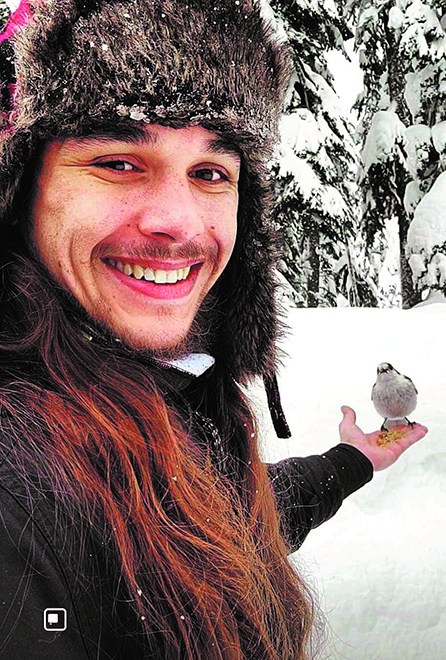
Is there a certain vibe you have to set while you’re up there? Any specific music you need to listen to, any gear that you need to wear?
Yeah, I do like listening to music while I’m up there. Mostly reggae and rock, keeping the vibes flowing, stuff that makes you feel alive.
I would say don’t go cheap on gear. You want high quality gear to keep you warm and your vision clear. Your whole experience will be that much better.
Do you have a favorite spot you like to go to?
[Mt.] Baker is definitely my home run. I usually don’t like to tell people that only because Baker is super low-key. It’s definitely so much fun, even if you’re not the best snowboarder, just to be up there having a good time, enjoying the vibes and energy the mountains brings.
Where do you see snowboarding taking you in your future?
I see it taking me around the world. I plan on making more videos and traveling to different mountains, hitting steeper slopes and doing cooler tricks. I see it taking me pretty far and I love that because it’s during the off-season of fishing. I get to go fishing and once fishing’s done, it’s snowboarding season baby! I feel like I’m living the dream, hunting, fishing and snowboarding; enjoying all the seasons.
Any advice on how to get started and involved in snowboarding for young tribal members?
If you’re interested in the sport, try it out. Ask your parents to help you get involved, reach out to anybody in the community who can help you learn. There’s a lot of people. There’s an entire snowboarding community within the tribe who are willing to help teach people, teach kids. I know it might be a little scary at first, but if you stick with it, you’re going to have fun and it’s something that you’re going to love for the rest of your life.
Where can people check out your work and find out more about snowboarding?
I have a YouTube channel, just under Collin Hood. I only have two videos right now. I’m just getting started and involved in making videos, so I’m super excited about it and can’t wait to make more videos.
